Picture a beautiful five-year-old grey gelding whose owner is a farmer and uses him to round up his herd of cows. He takes him out of the stall, jumps on bareback, kicks him in the ribs, and gallops off.
Within a month, that horse has pulled both front tendons. It takes three months of stall rest and a further three months of slow rehab, plus expensive vet bills, to bring him back into work.
This true story is an extreme example of what happens when a horse isn’t eased into arduous exercise with a proper warm-up routine.
The Walk
The vital walk phase is often rushed by riders, who find it boring. But, just like people, horses need time both mentally and physically to prepare for heavy exertion.
Each horse is different, but a good rule of thumb is to begin by walking a younger horse for between 5 and 10 minutes and an older one for 10 or 15 minutes. ‘Older’ would be a horse in his teens and upwards.
Walking is a gentle way to activate his muscles, tendons and ligaments, which are elastic. Muscles must warm them before being stretched. Otherwise, they will tear and snap.
In addition, the horse’s blood vessels begin to widen, allowing more oxygen to reach where needed for optimum performance.
You want an energetic walk with a straightforward four-beat stride. Encourage the horse to use his hind end and begin to swing his back.
Ride in straight lines or large circles and add lateral work such as leg yields and shoulder-in to supple his joints as well as his muscles and tendons.
The Trot
Begin by posting to the trot to allow the horse’s back to warm up and ride forwards into a solid rhythm.
Bend him to the left and right, riding serpentines and large circles, and include the same lateral movements above to loosen his body.
Once he is relaxed and responsive to your aids, he is ready to canter.
The Canter
Ask for giant strides in an active working canter and follow his movement with a soft seat. Please don’t ask for collection at this stage, yet still, encourage him to round his neck and back without falling onto his forehand.
Add transitions between the three gaits to make him supple and alert to your cues while beginning to put more weight on his hind end.
Your horse is now warmed-up and ready to start more demanding exercises.
The Cool-Down
Cooling down your horse will help keep him sound and healthy. After his workout, walk for 5 to 10 minutes to relax his tired muscles and let him get his breath back. The oxygen that was diverted to skeletal muscle can now return to those organs that received less during intense work.
Horses are very willing partners, but we must be fair and create good working conditions for them. Developing proper warm-up and cool-down routines equips our equine partners’ bodies to perform their best with minimal chance of injury.

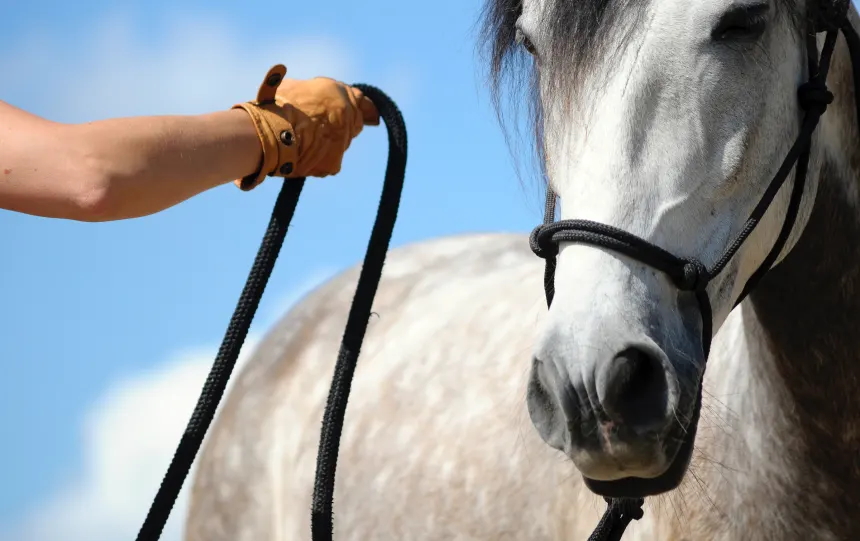
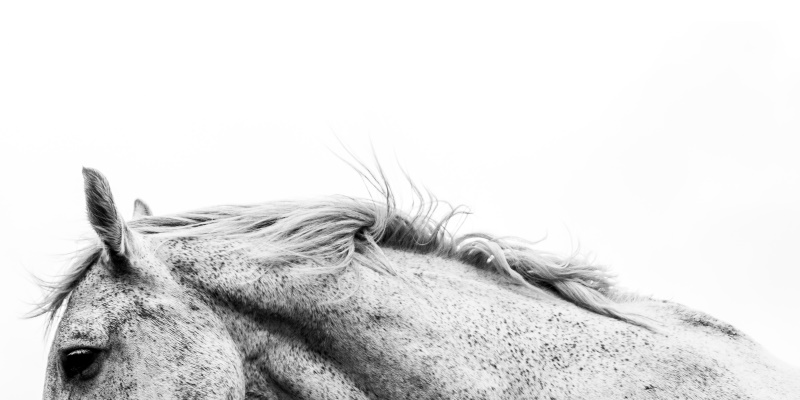

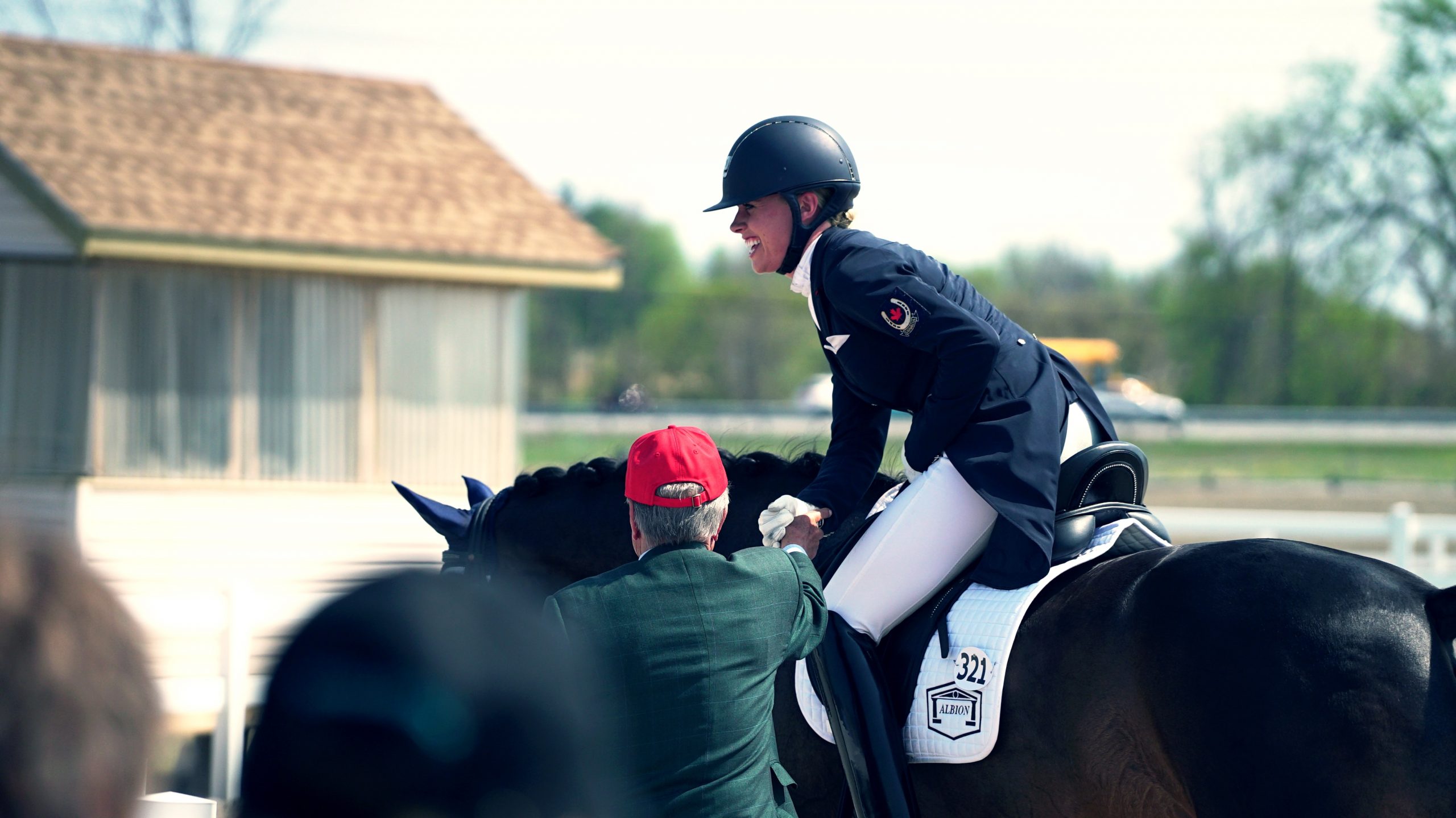
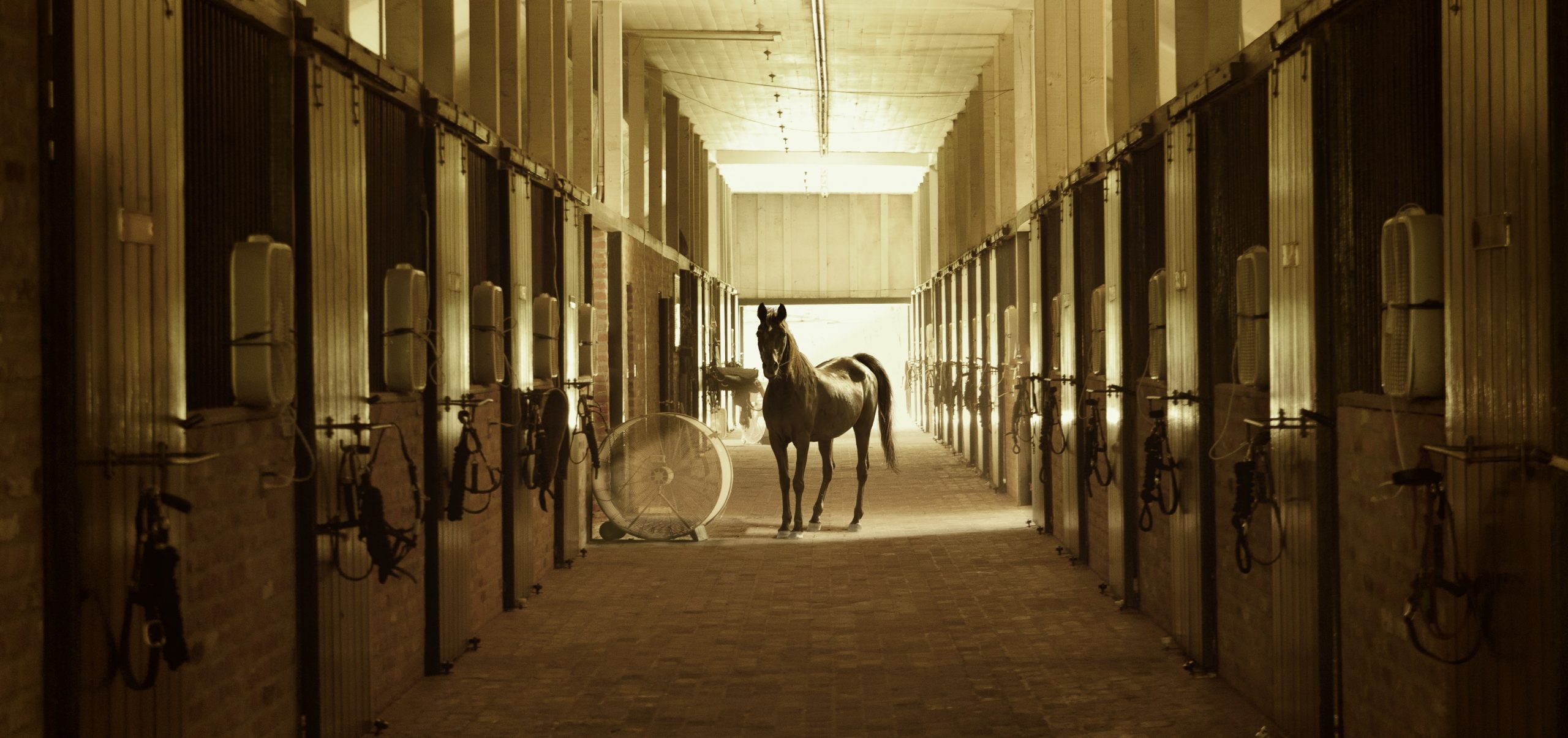
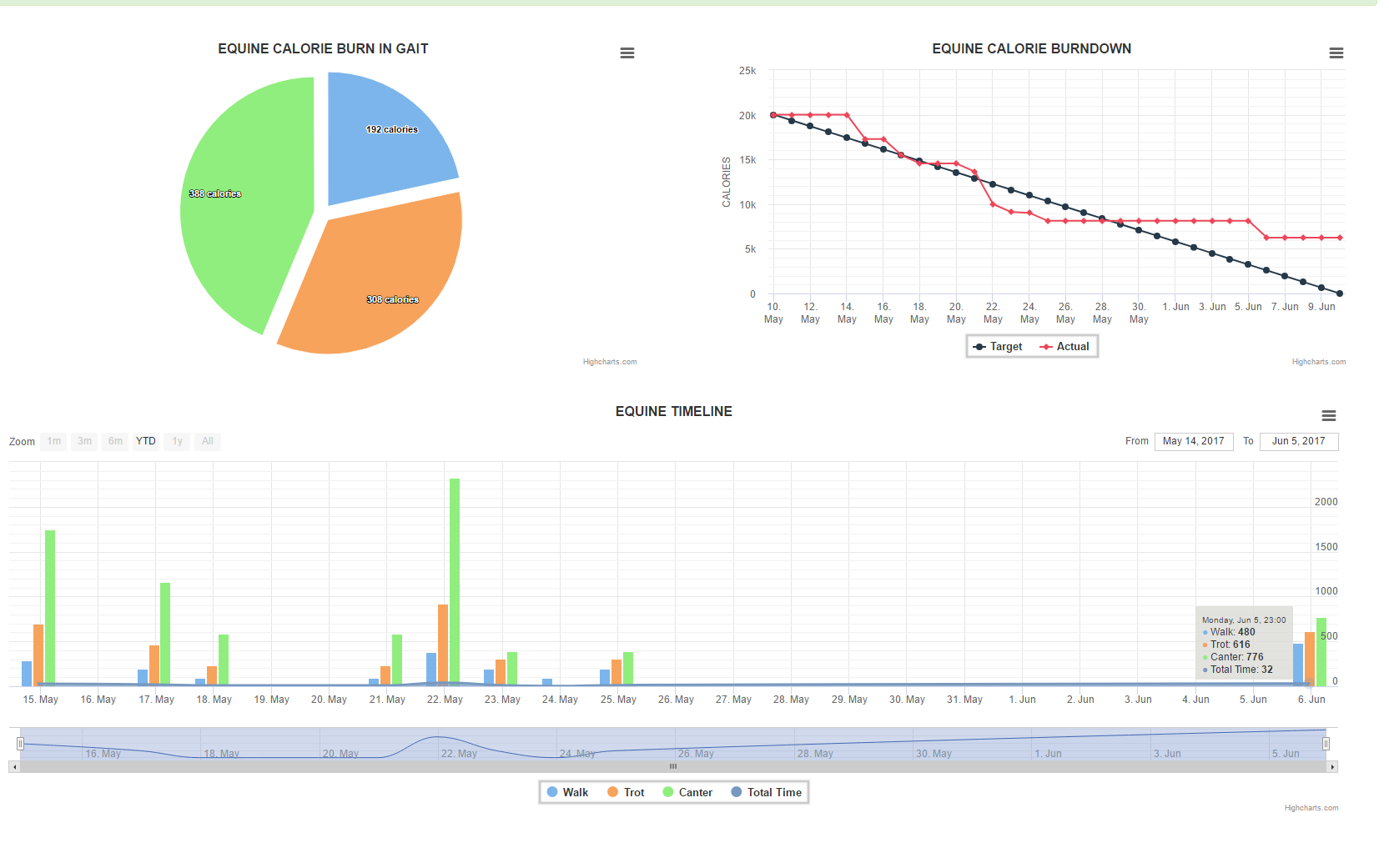
Leave A Comment